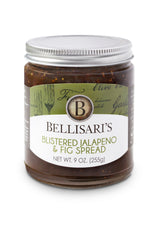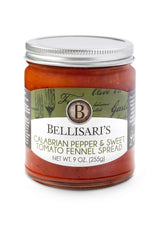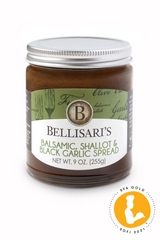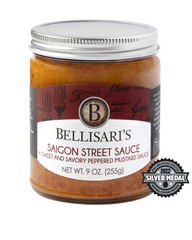
As trees begin to blossom with the start of spring, the thoughts of many around the globe turn to Easter. Easter is a time for those who celebrate it to be with family, friends, and loved ones. As with most holidays, much of that time is centered around traditional foods. Easter, Passover, and the welcoming of Spring have had special foods associated with them since ancient times, and it’s no surprise that eggs are often an integral part of this holiday’s dishes.
In many cultures around the world, the egg is a symbol of new life, fertility, and rebirth. Some claim that the Easter egg has pagan roots. Before Christians celebrated the resurrection of Jesus, some argue ancient pagans in Europe observed the Spring Equinox as the return of the sun God — a rebirth of light and an emergence from the lean winter.
From a Christian perspective, Easter eggs are said to represent Jesus’ emergence from the tomb and resurrection. Decorating eggs for Easter is a tradition that dates to at least the 13th century, according to some sources. One explanation for this custom is that eggs used to be a forbidden food during the Lenten season, so people would paint and decorate them to mark the end of the period of penance and fasting; then they would eat them on Easter as a celebration.
Beyond colorful hard-boiled eggs, there are many delicacies that factor into the traditional Easter meals enjoyed around the world. The foods vary by country and region and include sweet breads and pastries, meat and egg dishes, and plenty of cakes and cookies.
In Poland, for example, the Easter brunch buffet table is plentiful, showcasing some of the country's best dishes. One of the staples you will find is faszerowany jajka, which are stuffed eggs that are similar to deviled eggs, except they're broiled with a breadcrumb topping. They have a delicious filling of ham, cheese, sour cream, and mustard.
Eggs and lamb are two important and symbolic foods at Easter for Italians, and they join—along with asparagus—in a frittata-like dish called brodetto pasquale. It makes perfect use of the early spring vegetable and eggs.
At Easter, on every Greek household table, you will find lamb, red eggs, and tsoureki, an orange and spice-scented bread. The dough is braided and then died red eggs are nestled on top before baking, making for a festive and unique looking bread.
Torta pascualina (Easter Pie) is a savory pie made with spinach, ricotta, and whole eggs that cook as the pie is baked. This traditional Easter dish is a favorite of both Argentine and Uruguayan families.
Here in the U.S., many families dye hard-boiled eggs which look so festive leading up to the holiday, and they often find their way to the Easter table (and packed lunches for a week!) in the form of deviled eggs and egg salad. We also eat a lot of our Easter eggs for dessert! Lots of egg-themed surprises fill our traditional Easter baskets. Okay, so they’re chocolates, jelly beans, and other candy in the shape of eggs, but it’s a celebration, so I say we can make an “eggsception” this one day of the year. 😉 Easter time is the time for eggs!






